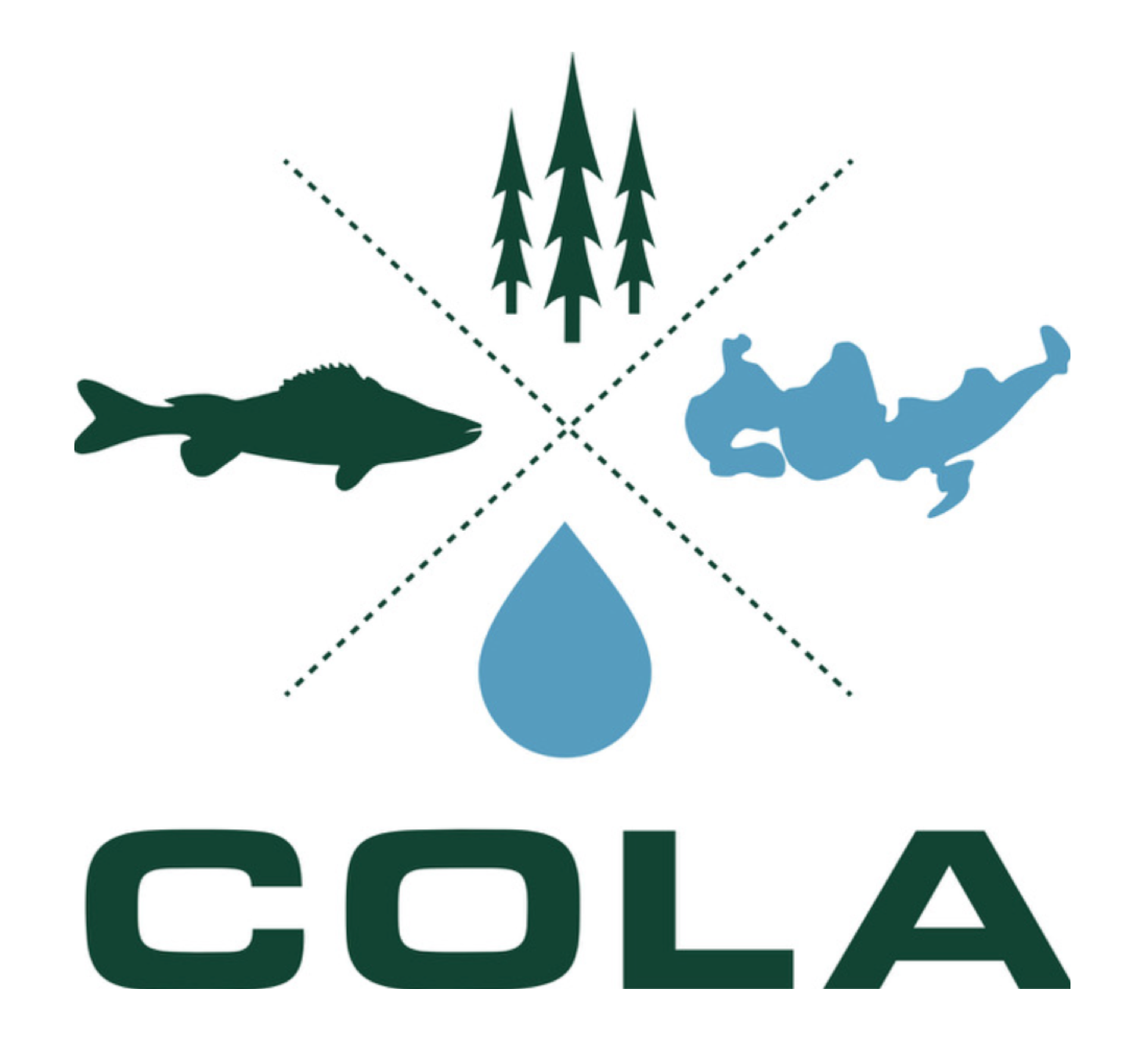COLA is a partner in the Lake Courte Oreilles Esox Recovery Plan on Lac Courte Oreilles. The idea for this plan was introduced by the WDNR in 2016 and is now the joint effort of Muskies Inc, Walleyes Forever, COLA, the LCO Tribe, and the WDNR.
COLA Develops New Land Use Policy Regarding Zoning Practices
COLA’s newly updated Land Use Policy Statement is designed to protect Lac Courte Oreilles from rezoning. Allowing properties that are currently designated as agricultural and forestry to be rezoned as residential opens up development around the lake that would directly impact water quality in the form of additional run-off and the load of additional septic systems. See the Lac Courte Oreilles Zone Districts map for complete details
Anglers Asked to Cull Small Pike from Lac Courte Oreilles
Musky decline is the topic of this Article in the Sawyer County Record on February 2, 2017. At the Sawyer County Fisheries Forum on Jan. 25, DNR fishery manager Max Wolter said Lac Courte Oreilles was “once a world-class musky fishing destination.” The article goes on to say, "The musky size potential is still world-class, but the current numbers of muskies on the 5,139-acre lake are very low, probably less than 300 adults compared to the historical average of 1,000 adults." The reasons for decreasing musky include very low natural reproduction rates, very little stocking success, decline of suitable spawning habitat, and a documented 27 percent more phosphorus from agriculture and human development. Article also includes proposed ideas for addressing the problem as well as mention of COLA’s involvement.
Year-End Update and Chance to Contribute
Much progress has been made! We do need to continue our aggressive actions, however, to preserve our property values as well as the legacy of our great lakes for our children. But, momentum is growing and COLA has never been closer to implementation. Here is what’s in place, what’s working, what is still left to do, and how you can help get us to those finish lines with a year-end contribution.
Blue-Green Algae Bloom
A significant November 2016 blue-green algae bloom occurred in Stuckey Bay near a cranberry operation's discharge canal. Click on the links below to learn about the results of the data collected, what to look for as a homeowner, and how to report anything new or unusual that you see.
Click on the Links Below For:
COLA Offers $100,000 to Fix Pollution from Cranberry Operations on Lac Courte Oreilles
* See COLA's Full-Page Newspaper Ad Here.
Courte Oreilles Lakes Association, COLA, is offering $100,000 in funds it has raised to help install closed-water management systems on the cranberry operations on Lac Court Oreilles that have not yet transitioned to this best-management practice recommended by the Wisconsin State Cranberry Growers Association.
Massive Die-Off of Whitefish and Cisco in Lac Courte Oreilles
On August 12, dead fish began floating to the surface on Lac Courte Oreilles. An investigation was conducted to determine the scope and the cause of this massive die-off of whitefish and cisco. The data and results are now published in a comprehensive report available to the public.
How COLA Is Encouraging the Cranberry Industry to Control Waste Discharges into Lake
Here's a look at how "Closed Systems" are a way to eliminate the discharge of phosphorus into Lac Courte Oreilles. Considered a "best management practice" in the cranberry industry, two of the four cranberry operations on Lac Courte Oreilles are already embracing this practice. Learn more about how closed systems can protect Lac Courte Oreilles.
Background and Full Story: COLA and LCO Tribe Proceed with Legal Action
Here is a full explanation of how phosphorous pours directly from the cranberry operations into Lac Courte Oreilles as well as how cranberry bogs operate, why they each take millions of gallons of water from the lake throughout the year to run their operations, and why currently they are allowed to return that contaminated water directly back into the lake without any regulation or permit. “Our goal in taking legal action in the form of filing for judicial review is twofold,” says Kris Sivertson, COLA board president and homeowner on the lake: (1) For the courts to take control of the timeframe for rulemaking, and (2) to have the cranberry bogs declared as point sources of phosphorous on the lake.”
COLA and LCO Tribe Proceed with Legal Action
COLA and the Lac Courte Oreilles Chippewa Band of Lake Superior Indians, in response to the WDNR’s rejection of COLA's request for emergency rulemaking, proceed with legal action. The two groups have filed jointly for judicial review--a petition that includes five claims--with the Dane County Circuit Court in Madison, WI.

